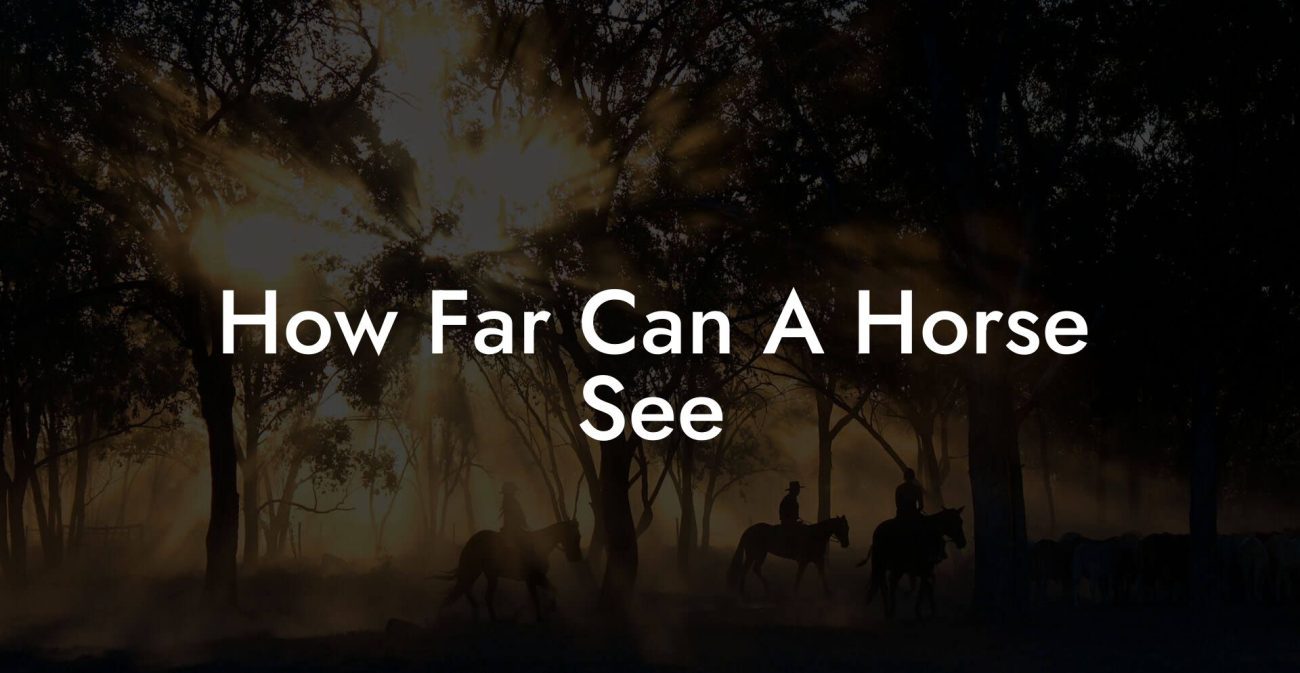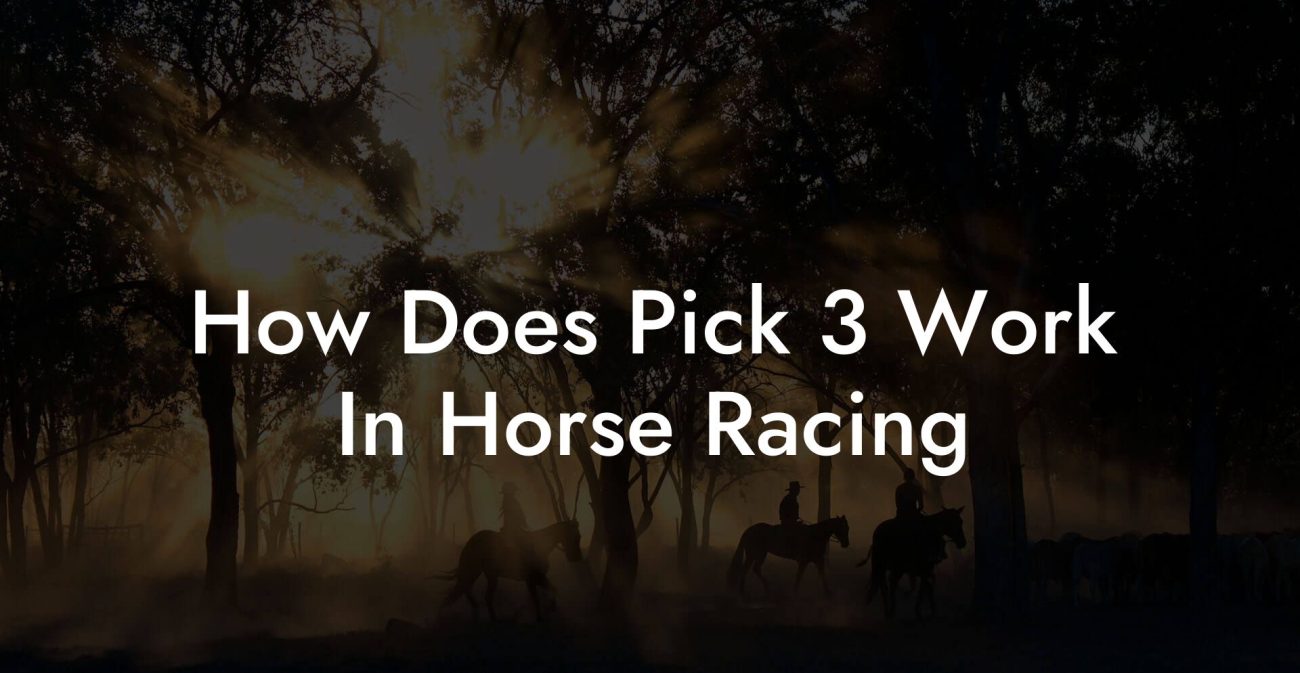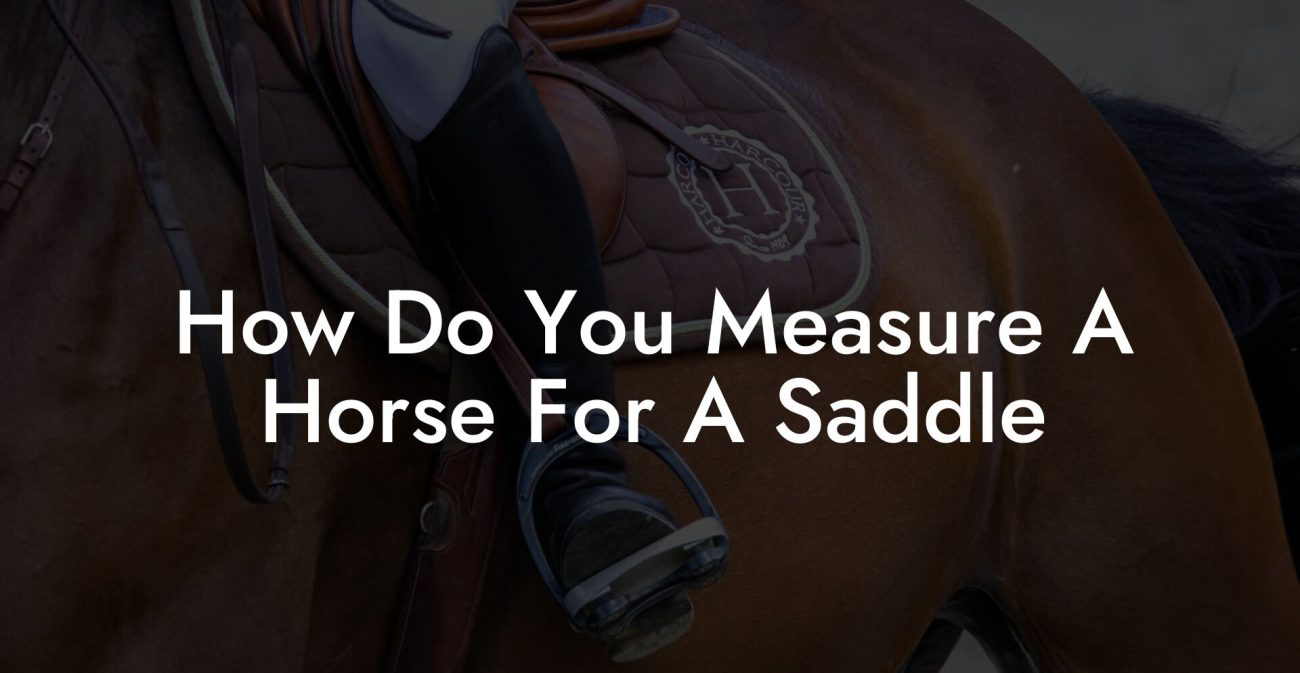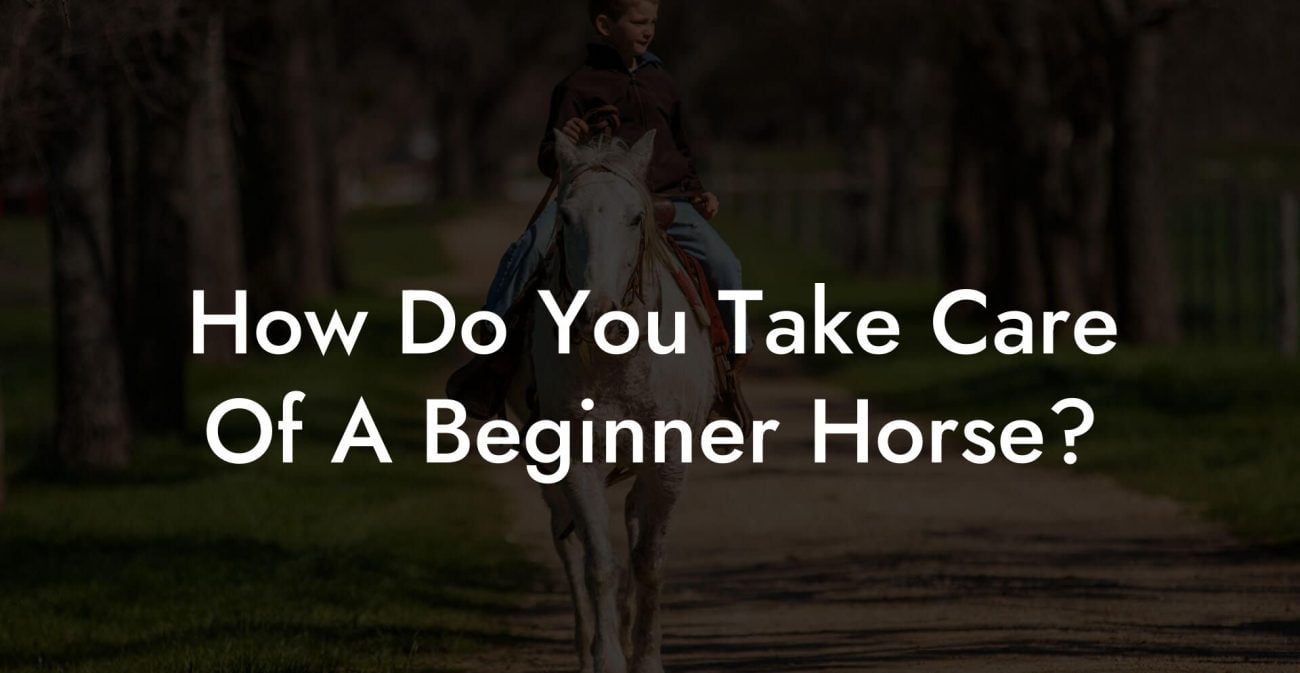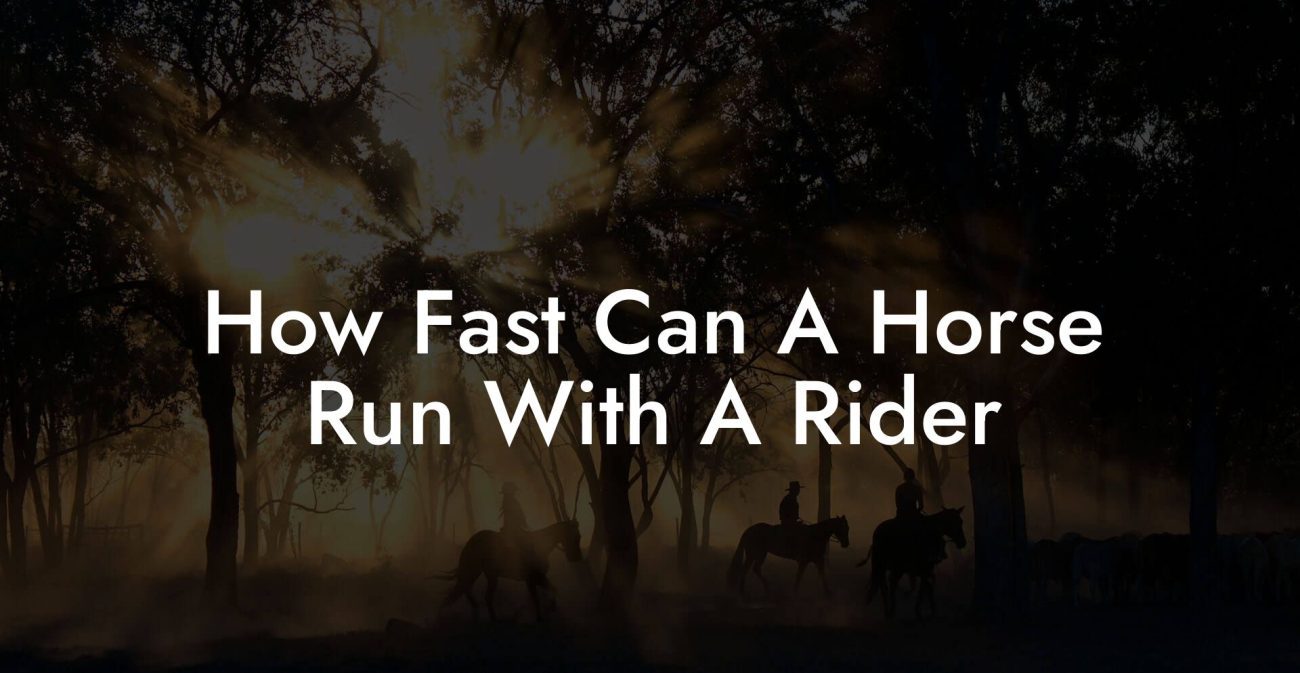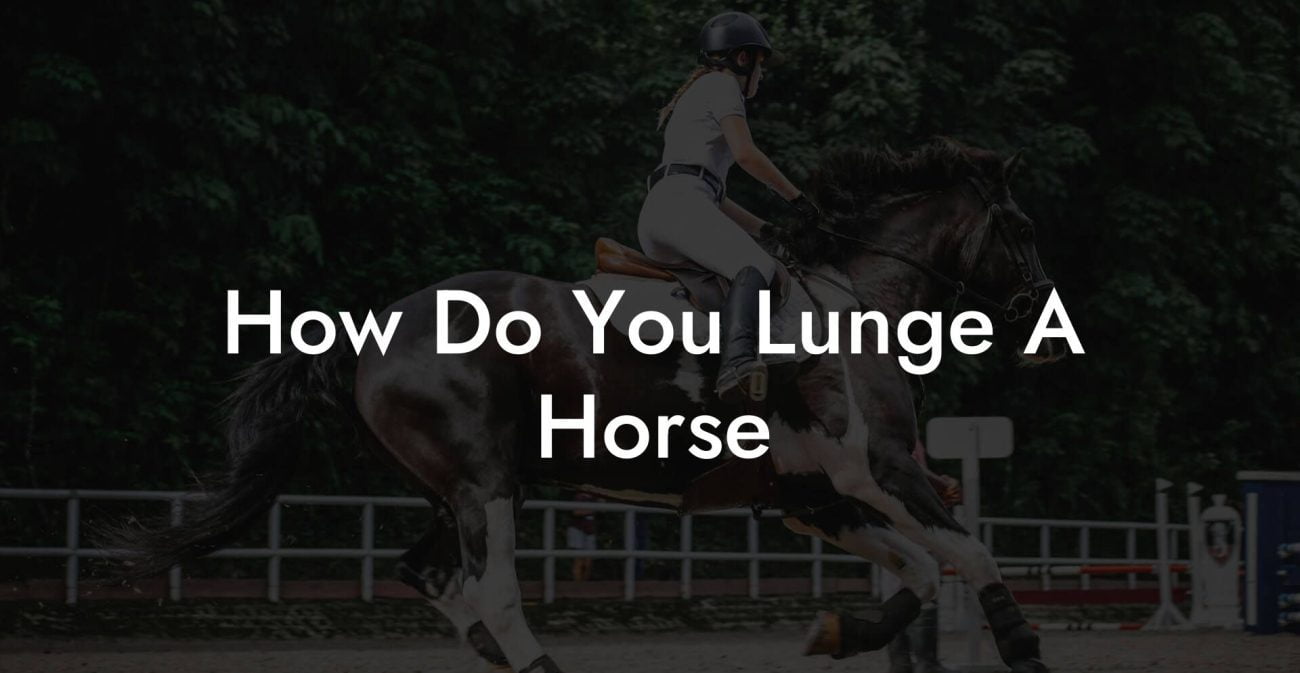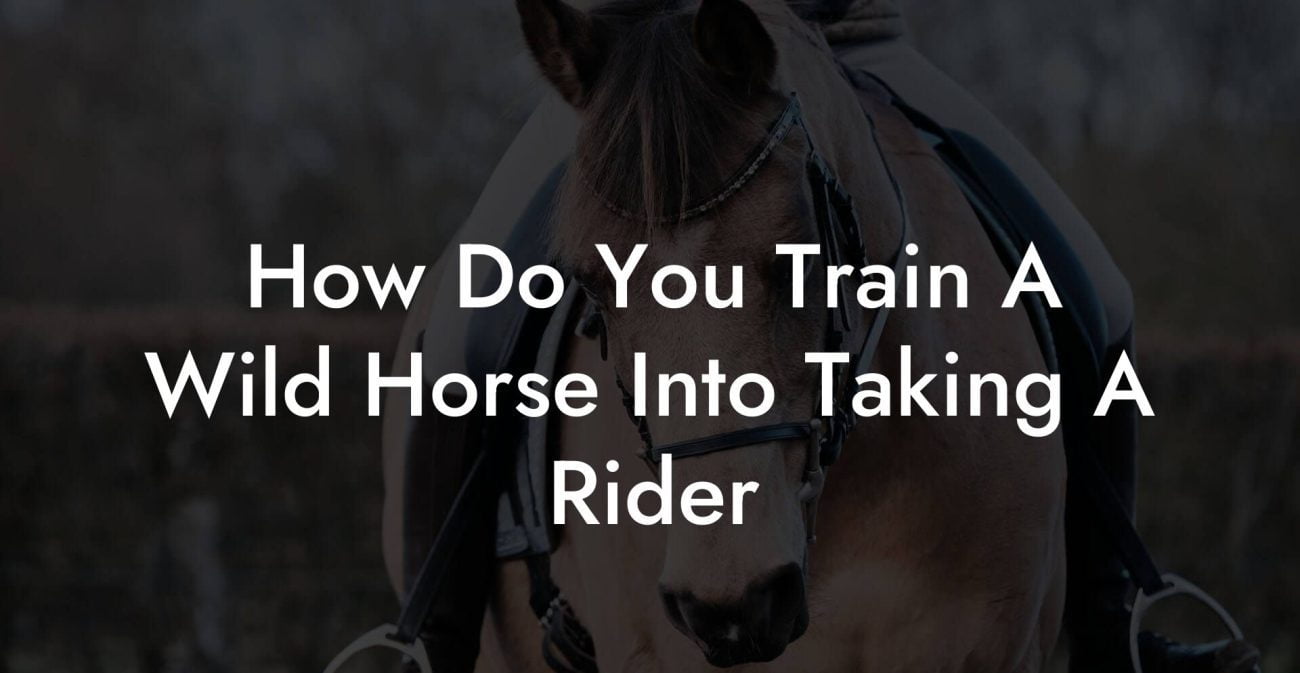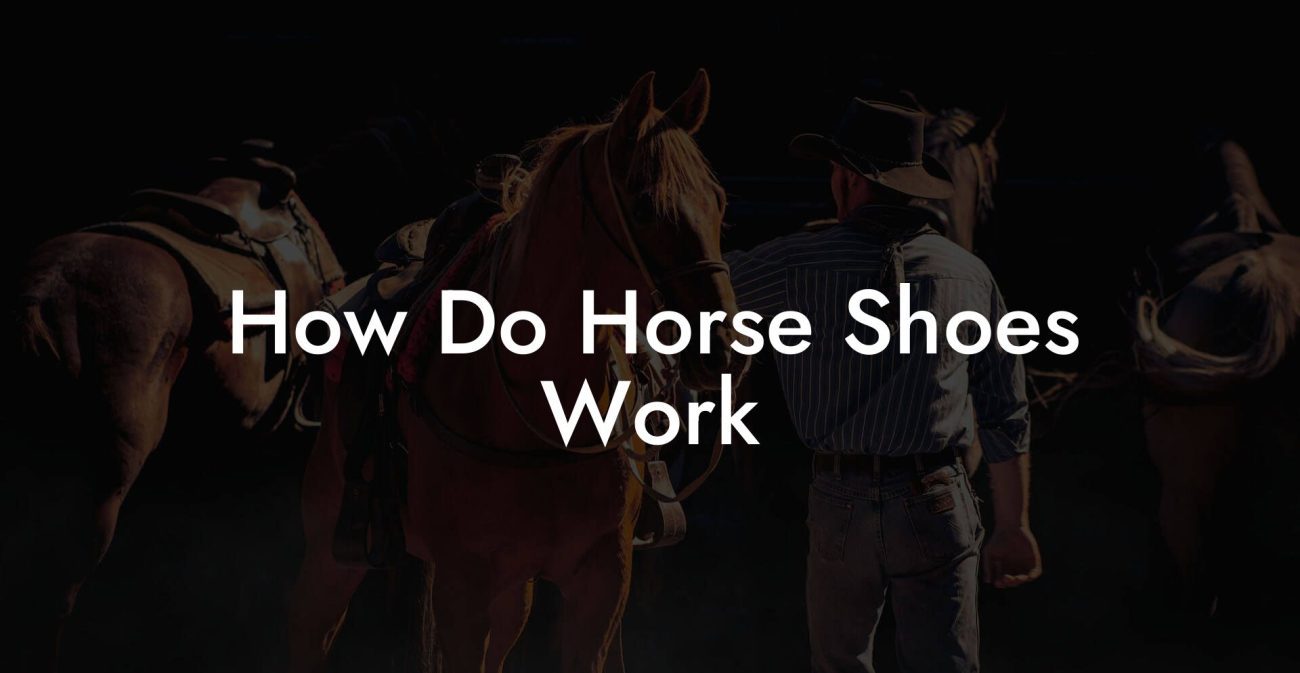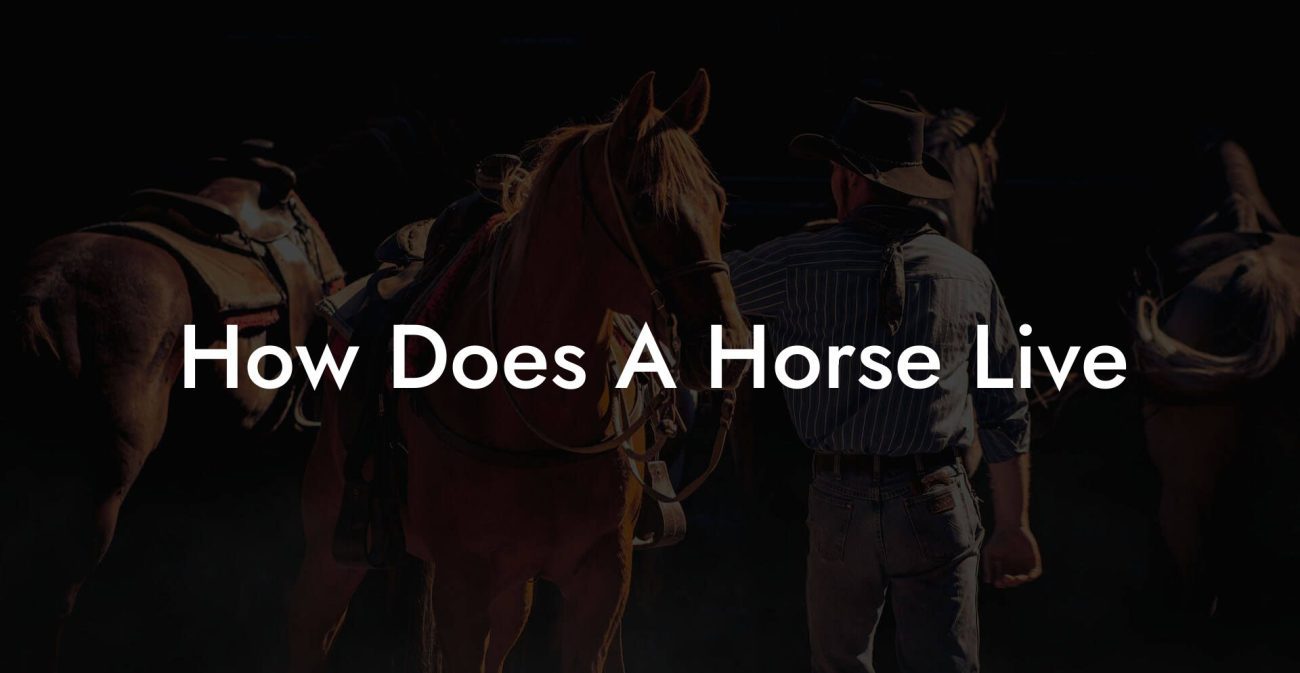There's something undeniably magnetic about the roan horse – a dash of mystique with a splash of rebellious style that instantly sparks intrigue. Picture this: a horse sporting an ever-changing tapestry of colors, as if nature decided to doodle with brushes and splatters right onto its coat. The roan horse doesn't just turn heads at the paddock; it practically delivers a dramatic mic drop with every gallop. For those of you from Gen Z to the millennial crowd who appreciate both a killer aesthetic and a creature that requires thoughtful care, this in-depth guide is your backstage pass to everything you ever wanted to know about roan horses.
Quick Links to Useful Sections
- What Does a Roan Horse Look Like?
- The Fascinating Origins and History of Roan Horses
- Decoding the Roan Coat: Beauty, Science, and a Dash of Mystery
- Roan Horse Behavior and Temperament: More Than Just a Pretty Face
- Caring for Your Roan Horse: grooming, Diet, and Daily Maintenance
- Daily Grooming Rituals
- Nutritional Essentials for a Shimmering Coat
- Routine Health Checks and Exercise
- Roan Horse Grooming: Tips, Tricks, and Tools for the Perfect Shine
- The Art of Roan Horse Genetics: What Makes That Coat So Unique?
- Comparing Roan Horses to Other Coat Patterns
- Troubleshooting Common Roan horse care Challenges
- Dealing with Seasonal Shedding
- Addressing Skin Sensitivities
- nutrition and Coat Condition
- Beyond the Basics: Advanced Roan Horse Care for the Modern Equine Enthusiast
- Resources and Community Support: Your Next Steps
- Frequently Asked Questions About Roan Horses
- Your Journey to Embracing the Roan Horse Lifestyle
What Does a Roan Horse Look Like?
The roan horse is not your average equine – it’s a spectacle of nature where white hairs intermingle with solid-colored ones, creating a diluted, almost ethereal appearance. Typically, a roan horse sports a base coat of any color, most often bay, black, or chestnut, generously sprinkled with white hairs. The result is a mesmerizing pattern that can transform in appearance depending on the angle and lighting. Unlike piebald horses, which have large patches of distinct color, a roan’s coloring is more refined and evenly scattered, yet it carries its own unique charm.
Gen Z and millennials, if you’re into aesthetics where consistency meets a quirky twist, the roan horse is like the influencer of the equine world – effortlessly cool and unmistakably eye-catching. Its coat can sometimes appear to shimmer with a subtle iridescence in sunlight, making it a living piece of art that’s both wild and refined.
When you see a roan horse, you’re witnessing the balance of nature’s unpredictability and order. Its mane and tail, generally matching the base coat, contrast with the main body’s sprinkled white hairs, ensuring that the overall look is both dynamic and soft. The look is further enhanced by the horse’s graceful build, clear eyes full of life, and intelligent expression that seems to invite conversation.
The Fascinating Origins and History of Roan Horses
Roan horses have roamed the pages of history, admired by various cultures for their unique beauty and symbolism. Their distinct coat pattern is more than just a genetic trait; it’s a billboard for stories of migration, natural selection, and a touch of serendipity in equine evolution.
Across centuries, artists, storytellers, and even warriors have celebrated the roan horse, often as a symbol of freedom and independence. In medieval literature and Renaissance art, roan horses graced the stables of nobility and adventurers alike, appearing as characters in epic tales of chivalry and conquest. Their versatile coloration became synonymous with uniqueness and strength.
In ancient times, roan horses were sometimes rare enough to be considered omens or blessings from the gods, with many cultures associating them with luck and prosperity. As equine breeding evolved, so too did the understanding and appreciation of roan genetics, paving the way for modern breeders to enhance this aesthetic marvel.
Today, the legacy of the roan horse continues. Whether seen in competitive shows, on historic ranches, or even in viral social media posts celebrating horse beauty, the roan remains a testament to nature’s artistry and the rich tapestry of equine heritage.
Decoding the Roan Coat: Beauty, Science, and a Dash of Mystery
At first glance, the roan coat might seem like an unpredictable artistic experiment, but under the surface, it’s all about genetics and inheritance. The roan pattern isn’t the result of a random splash of white, it’s a carefully orchestrated mixture of pigment and time.
Genetics plays a major role in determining whether a horse will sport this signature look. The roan gene influences the distribution of white hairs across the horse’s body, creating that signature faded effect. Even though the exact genetic mechanics can be complex, think of it as nature’s very own high-resolution filter that adds that perfect soft-focus effect on the equine world.
Interestingly, the pattern can even shift over time. As a roan horse ages, the distribution of white and colored hairs might change ever so slightly, giving its appearance a dynamic quality that evolves much like trends on your favorite social media platform. It’s like watching a live art installation that refreshes itself with each passing season.
Despite the scientific intricacies governing its coat, the roan remains accessible – a breed that bridges the gap between the mysterious depths of genetic evolution and everyday beauty. And if you’re asking, “What Does a Roan Horse Look Like?” you’re really asking about a seamless blend of art and science that has something for everyone: drama, elegance, and a hint of enigma.
Roan Horse Behavior and Temperament: More Than Just a Pretty Face
While the visual allure of a roan horse might steal the show, its behavior and temperament are equally captivating. Roan horses are known for their spirited yet gentle nature, making them fantastic companions for riders of all levels. Their intelligent eyes and expressive faces communicate a sense of curiosity and understanding, often making you feel like you’re interacting with a wise old soul that also knows how to party.
Typically, roan horses exhibit a balanced temperament that combines energy with calm. They tend to be adaptable, intelligent, and sociable, oscillating between playful mischief and a benevolent desire to please their human counterparts. This blend of characteristics has made them favored partners in many equestrian disciplines, from competitive riding to trail adventures.
For the modern horse enthusiast, particularly those who vibe with Gen Z and millennial ideals of authenticity and connectivity, the roan horse embodies both beauty and brains. They’re agile enough to handle the demands of an active lifestyle while also offering a reliably steady temperament that is perfect for those long, meditative rides in nature.
Their responsive nature means that with the right care and training, roan horses can learn complex maneuvers and commands, forming a symbiotic relationship that is both rewarding and deeply personal. Whether you’re an aspiring competitor or a weekend rider, the roan's willingness to connect makes them an inspiring choice.
Caring for Your Roan Horse: grooming, Diet, and Daily Maintenance
Owning a roan horse isn’t just about admiring its striking looks, it’s about embracing a lifestyle that nurtures and celebrates this unique creature. From grooming routines that highlight its captivating coat to dietary choices that maintain its energy, proper care is the cornerstone of a happy, healthy roan.
To keep your roan looking as fabulous as it does on Instagram, a regular grooming routine is essential. Because that captivating, dappled coat requires as much TLC as your favorite designer sneakers, here are some must-do grooming tips:
Daily Grooming Rituals
Like any prized companion, your roan horse will benefit from a daily grooming routine. Start with a gentle brush to remove loose hairs and dirt, paying special attention to the unique patterns that make the roan so appealing. Use a soft-bristled brush to avoid stripping away the delicate mix of white and color that defines its coat.
Cleaning the mane and tail is equally important. Detangle gently with your fingers or a wide-tooth comb to prevent breakage, and consider using a leave-in conditioner to keep the hair soft and manageable. A well-groomed mane not only looks stunning but also prevents tangling and damage.
Nutritional Essentials for a Shimmering Coat
A glossy coat is a reflection of a balanced diet. Roan horses, like all equines, require a nutrient-rich diet that includes quality forage, grains, and a balanced mix of vitamins and minerals. Ensure they have constant access to clean water, a hydrated horse means a happy and vibrant coat.
If you’re looking to enhance the vibrant hues of your roan’s coat, consider supplementing their diet with omega-3 fatty acids and antioxidants. These not only boost coat health but also improve overall vitality, making your horse as dynamic as its patterned exterior.
Routine Health Checks and Exercise
Regular veterinary checkups and dental work are important to keep your roan at peak performance. A robust exercise routine tailored to your horse’s needs will maintain muscle tone and ensure that the coat remains shiny and healthy. Mixed routines that blend cardiovascular work like trail rides with strength-building exercises such as gentle hill work are perfect.
Equally, pay attention to hoof care. Regular trimming and cleaning prevent infections and ensure smooth, comfortable movement. Remember, a satisfied horse is one that feels good from hooves to head.
With these mindful routines in place, you’ll be well on your way to ensuring that your roan horse remains a stunning example of nature’s palette – healthy, happy, and always ready to turn heads.
Roan Horse Grooming: Tips, Tricks, and Tools for the Perfect Shine
Getting your roan horse looking runway-ready every day doesn’t have to be a chore. In fact, grooming your horse can become an empowering ritual that strengthens the bond between you and your equine partner. Think of it as a spa day with a twist – one that leaves your horse feeling pampered and you armed with endless Instagram content.
Start with a high-quality duster brush that helps lift loose coat hairs without pulling on the skin. Follow this with a softer grooming brush to work through any tangles and enhance the natural shine of that mosaic coat. If you’re up for it, a bath with equine-safe shampoo can help remove stubborn dirt. Just be sure to use lukewarm water and avoid harsh chemicals; after all, your roan’s coat is its canvas.
For those tricky spots – think around the ears or the hitch area – a grooming glove with gentle silicone nubs might be your best bet. These tools help massage the skin, promoting circulation, and leave the coat soft and lush. And don’t forget: a reward of some healthy treats after the grooming session goes a long way in keeping your horse cooperative and in high spirits.
Whether you’re a grooming novice or a seasoned pro, the key is consistency. With regular care and a little bit of finesse, your roan can maintain its magnetic allure, attracting compliments from fellow horse lovers and social media followers alike.
The Art of Roan Horse Genetics: What Makes That Coat So Unique?
The genetics behind a roan horse’s coat is a story of nature’s playful balance between order and chance. Unlike other coat patterns that change in predictable ways, the roan pattern is characterized by an even mix of pigmented and white hairs. This genetic trait is often passed down through generations, giving some families of horses a signature look that screams “legacy” with a modern twist.
The intriguing part? The roan gene doesn’t just flip a switch; it works in tandem with other genes to determine the overall distribution of hues. Breeders understand that the magic of a roan horse lies not only in its initial appearance but also in how that appearance evolves over time. As the horse matures, the interplay between the colored base and the white intermingling can subtly shift, sometimes resulting in an almost magical transformation.
For horse enthusiasts who love a bit of science with their style, delving into roan genetics can be as engaging as scrolling through the latest meme trends. It’s a reminder that every creature carries its own blueprint for beauty, and that the roan pattern is just one of nature’s fascinating ways of keeping things interesting.
Comparing Roan Horses to Other Coat Patterns
In the vibrant world of horse coat patterns, the roan stands on a pedestal of its own. While you might also admire the sleek elegance of a solid-colored chestnut or the bold contrast of a pinto, a roan horse offers something uniquely dynamic. Its look is not static, it evolves in the daylight, offering a distinct allure that can shift from subtle to striking in minutes.
Contrast this with patterns like the appaloosa’s spotted coat or the regal solidity of a bay, and you see why the roan commands attention. There’s an element of surprise in every glance: a slight variation here, a delicate transition there. This makes the roan not only a living work of art but also a conversation starter in any equine circle.
If you’re scrolling through your social media feed and suddenly stop to double-tap on a roan horse photo, you’re experiencing that same pull that has fascinated riders and breeders for centuries – the allure of a pattern that refuses to be ordinary.
Troubleshooting Common Roan horse care Challenges
Even the loveliest roan horses can sometimes bring a few headaches when it comes to care. From minor skin irritations to managing seasonal coat shedding, being proactive and informed will help you tackle these challenges with confidence. Let’s break down some common issues and offer practical tips to keep your roan in top shape.
Dealing with Seasonal Shedding
As temperatures shift, you may notice increased shedding. This is perfectly natural, as horses adjust their coat for the season. Regular grooming sessions – particularly during the transition months – will help remove excess hair and prevent skin irritation. Investing in a deshedding tool can boost your routine and keep your roan looking fresh.
Addressing Skin Sensitivities
With a coat as unique as a roan’s, sometimes you might spot areas of dryness or minor irritation. Ensure that you’re using gentle, equine-approved products and avoid over-bathing, which can strip the natural oils from the skin. If sensitivity persists, a quick call to your trusted veterinarian can help diagnose and offer tailored solutions.
nutrition and Coat Condition
A less-than-glowing coat can often be a signal from your horse’s diet. Ensure that nutritional needs are met with a balanced intake of vitamins and minerals, particularly omega fatty acids that promote skin and hair health. Supplements, when carefully chosen, can elevate your roan’s natural sheen.
Addressing these challenges head-on means that you not only keep your roan looking stunning but also reinforce the foundation of excellent equine care.
Beyond the Basics: Advanced Roan Horse Care for the Modern Equine Enthusiast
For those who crave a deeper dive into the world of roan horses, advanced care techniques merge science, technology, and old-school know-how. Today’s digital age offers a plethora of apps, online communities, and state-of-the-art equipment that can help you monitor your horse's health in real time. Imagine using a wearable to track your roan’s activity levels or a smart grooming tool that adjusts pressure based on the coat’s condition.
Embracing these innovative tools doesn’t mean abandoning traditional practices; it’s about creating a holistic approach to equine care. Combining modern technology with the timeless art of grooming creates a synergy that not only improves your horse’s wellbeing but also elevates your overall care routine. Whether you're tackling data on feed efficiency or swapping tips on the best grooming products in online forums, advanced care practices ensure that your roan horse is always at its best.
Resources and Community Support: Your Next Steps
Caring for a roan horse is not a solo journey, it’s a vibrant community experience. From online forums and social media groups to local equine clubs and veterinary networks, there are countless resources available to help you navigate the nuances of roan horse care. Connecting with fellow enthusiasts can offer invaluable insights, from the best grooming tips to the latest nutritional breakthroughs.
Look for online communities that focus on horse care, where experienced owners share their daily routines, troubleshooting tips, and even humorous anecdotes about their equine companions. There are also plenty of blogs, YouTube channels, and webinars dedicated to equine grooming and healthcare, all of which can serve as your digital toolkit. Whether you're a seasoned rider or just starting out, these networks provide inspiration, practical advice, and a sense of belonging.
Additionally, local farms and horse events are great places to meet professionals and enthusiasts who share your passion. Workshops and seminars offer hands-on learning experiences, making it easier to adapt advanced techniques into your daily routine. Remember, every shared experience contributes to a richer understanding of what it means to care for a truly unique roan horse.
Frequently Asked Questions About Roan Horses
Dive into these frequently asked questions to get quick answers about roan horses, their care, and what makes them so uniquely captivating.
1. What exactly defines a roan horse’s appearance?
A roan horse is defined by its distinctive coat pattern – a mix of colored and white hairs intermingled uniformly across its body. This creates a softened, almost shimmering effect without solid patches of white or color.
2. How can I tell if a horse is roan and not just a spotted or pinto?
Unlike pintos or spotted horses, roans display a more even dilution of color rather than distinct patches. The white hairs are evenly scattered throughout the coat, providing a consistent, blended look from head to hoof.
3. Do roan horses require special grooming compared to other breeds?
While the general care principles apply to all horses, roans may need a bit more attention during shedding seasons to preserve their unique coat pattern. Regular, gentle grooming is key to maintaining both the coat’s beauty and the horse’s skin health.
4. Can the roan pattern change over a horse’s lifetime?
Yes, the distribution of white hairs can subtly change as a roan horse matures, often becoming more pronounced or shifting in intensity depending on the season, age, and overall health.
5. What are common health challenges specific to roan horses?
Roan horses generally share similar health challenges with other breeds, such as skin sensitivities or seasonal shedding. However, their unique coat does require special attention in grooming and nutrition to maintain its shine and integrity.
6. Are roan horses suited to all riding disciplines?
Absolutely. Their balanced temperament and striking appearance make them ideal for a variety of equestrian disciplines, ranging from show jumping and dressage to trail riding and recreational pursuits.
7. How do genetics influence the roan pattern?
The roan pattern is influenced by a specific gene that controls pigment distribution. When passed down through generations, this gene interacts with other genetic factors to create the unique and evolving coat pattern.
8. What dietary considerations are most important for maintaining a roan’s coat?
A balanced diet high in essential fatty acids, antioxidants, and proper hydration is crucial. These elements support overall skin health, which in turn enhances the natural shine and color distribution of the roan coat.
9. Can I change the appearance of my roan horse with grooming products?
While you can enhance the natural sheen of your roan’s coat with quality grooming products, the fundamental pattern is determined by genetics. Products can maintain and improve coat health, ensuring the natural pattern remains striking.
10. Where can I find more community support and resources for roan horse care?
Numerous online communities, equine care blogs, local stables, and horse events provide valuable insights and support for roan horse enthusiasts. Joining these groups can help you stay updated on care tips and share your own experiences.
Your Journey to Embracing the Roan Horse Lifestyle
The world of roan horses is as deep and multidimensional as the patterns on their coats. Every aspect, from their mesmerizing appearance to their engaging temperament and distinctive care needs, offers a gateway to a lifestyle that is both inspiring and rewarding. Whether you’re an avid rider, a beginner stepping into the stable for the first time, or a social media enthusiast who lives for the aesthetics, the roan horse has something unique to offer.
Embarking on this journey means diving into a world where art meets science, tradition blends with innovation, and every day is an adventure in care and connection. With the right mix of grooming techniques, nutritional intelligence, and community support, you can nurture a roan horse that not only stands out in a crowd but also thrives in your care.
Embrace the lifestyle of the roan horse, where every brushstroke in grooming, every strategic choice in feeding, and every moment of bonding is a celebration of natural beauty and passionate care. Your roan horse isn’t just an animal; it’s a partner in a journey that values authenticity, creativity, and a little bit of that irresistible wild spirit.
So, gear up, dive into the world of roan horses, and let every day count as a new chapter in a story of beauty, adventure, and unstoppable energy. Your roan horse awaits, ready to gallop through the fields of possibility with you, leaving a trail of awe and inspiration in its vibrant, ever-changing wake.


